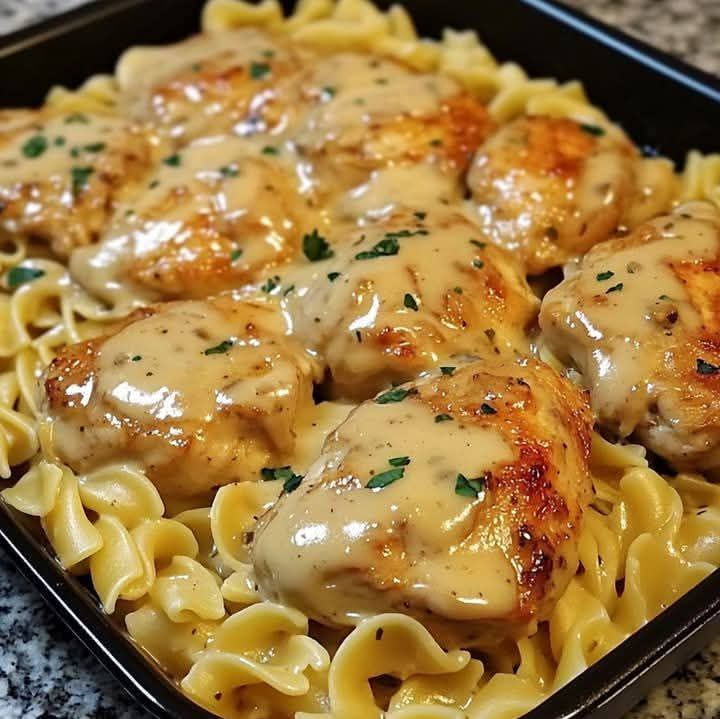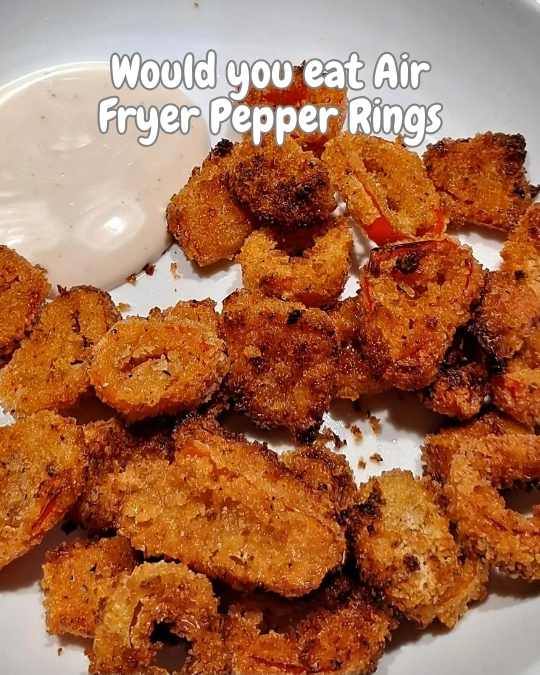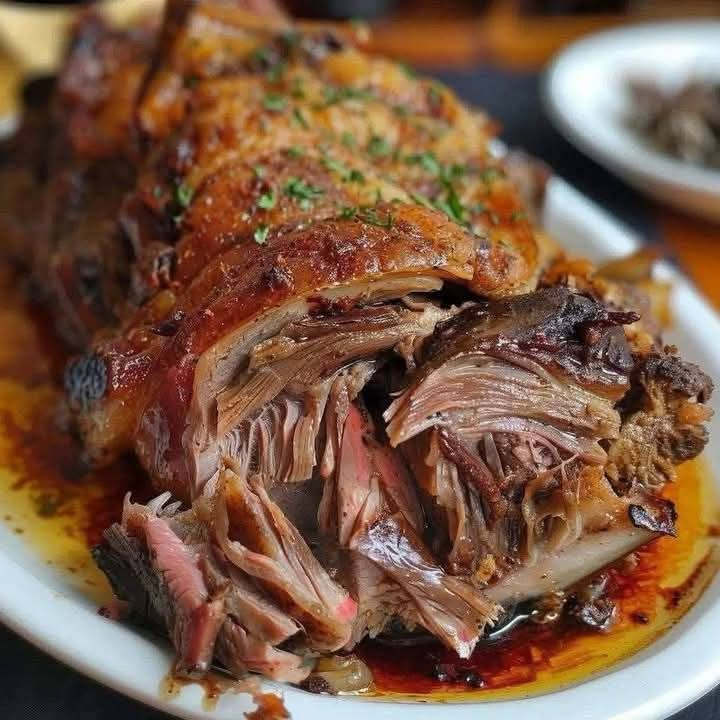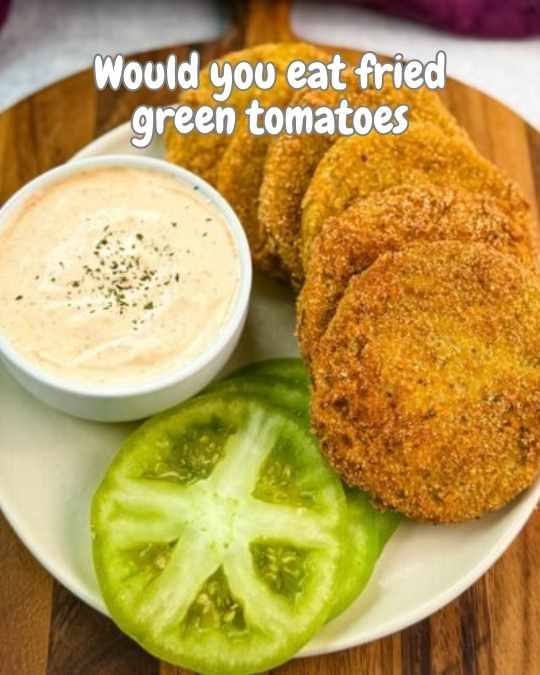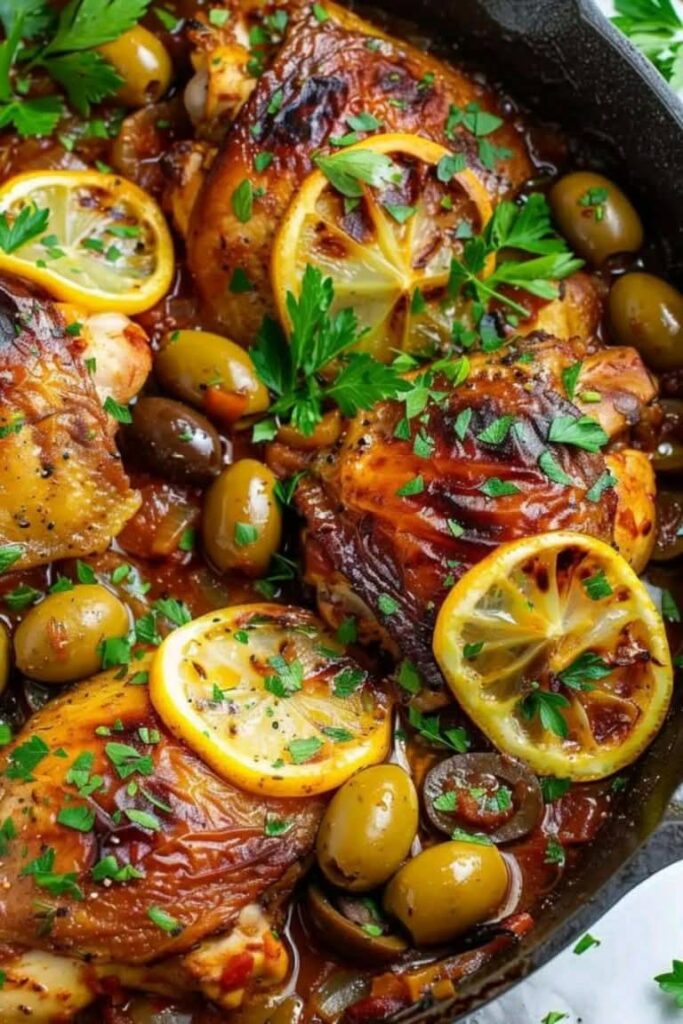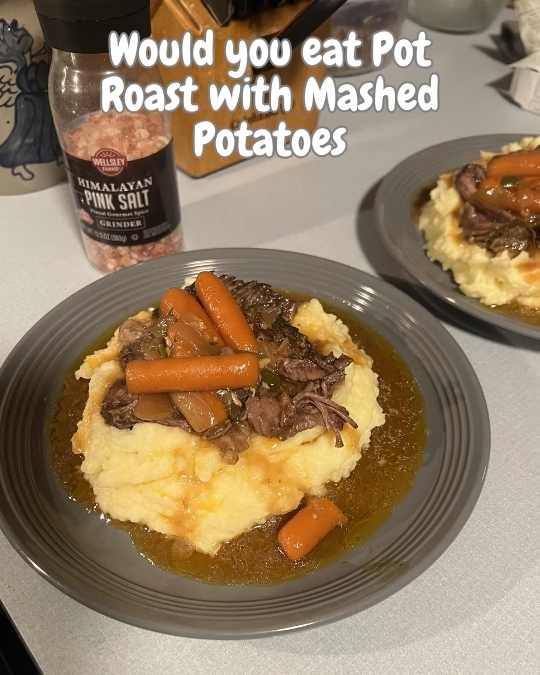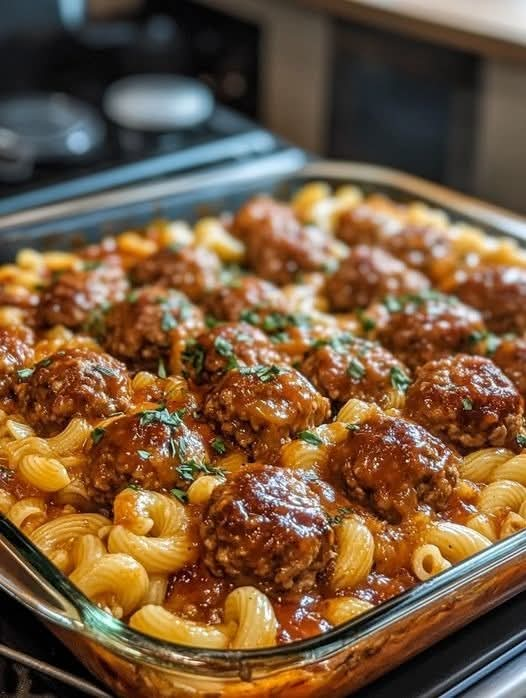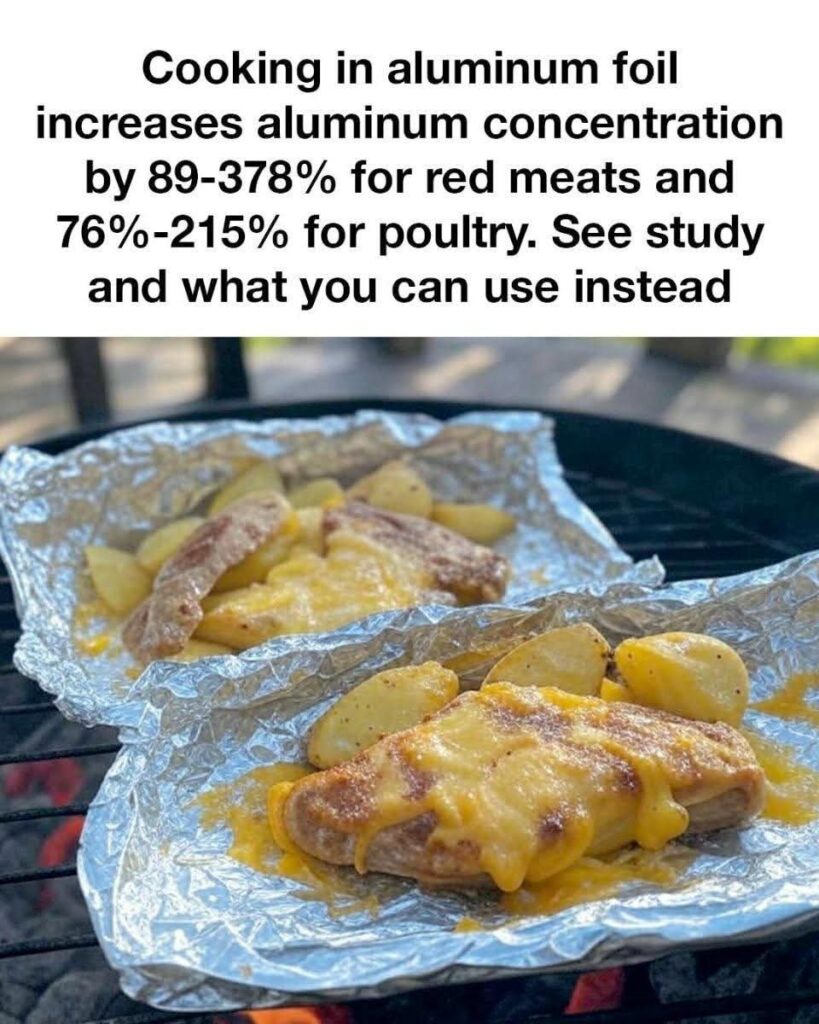Aluminum foil has long been a staple in kitchens around the world, prized for its versatility and convenience. It is commonly used for wrapping food, lining baking trays, and even cooking directly on grills or in ovens. However, concerns have been raised about the potential health risks associated with cooking food in aluminum foil. The primary concern is that aluminum can leach into food during the cooking process, especially when exposed to high temperatures or acidic ingredients. This leaching can lead to increased aluminum intake, which has been linked to various health issues. Understanding the implications of using aluminum foil in cooking is crucial for making informed dietary choices.
Overview of the 2006 Meat Science Study
A study published in Meat Science (Turhan, S., 2006) examined the effect of cooking meats wrapped in aluminum foil at different temperatures and durations: 60 minutes at 150°C, 40 minutes at 200°C, and 20 minutes at 250°C. The results showed a significant increase in aluminum concentration in both red meats and poultry. Specifically:
Red Meats: The aluminum concentration increased by 89% to 378% depending on the cooking conditions. The lowest increase (89–115%) occurred at 150°C for 60 minutes, while the highest increase (153–378%) was observed at 250°C for 20 minutes. For example, raw beef had an aluminum content of 16.39 mg/kg (dry weight), which rose to 30.99 mg/kg at 150°C (an 89% increase) and up to 53.48 mg/kg at higher temperatures (up to a 226% increase relative to the raw baseline).
Poultry: The aluminum concentration increased by 76% to 215%. The least increase (76–115%) was seen at 150°C for 60 minutes, while the greatest increase (153–215%) occurred at 250°C for 20 minutes. For instance, raw chicken breast meat started at 23.58 mg/kg (dry weight), increasing to 28.91 mg/kg at 150°C (a 23% increase, though within the broader poultry range) and up to 60.21 mg/kg at 250°C (a 155% increase).
The study noted that factors like fat content and cooking temperature influenced the migration of aluminum, with higher temperatures and shorter, intense cooking periods leading to greater leaching. The correlation between fat content and aluminum migration was statistically significant.
Understanding the Increase in Aluminum Concentration
The increase in aluminum concentration when cooking with aluminum foil can be attributed to several factors. Aluminum is a reactive metal, and when it comes into contact with food, especially at high temperatures, it can leach into the food. This leaching is exacerbated by acidic ingredients such as tomatoes, vinegar, or citrus, which can further break down the aluminum and increase its transfer to the food. The study’s results suggest that the longer the cooking time and the higher the temperature, the more aluminum is likely to leach into the food. Understanding these factors is essential for evaluating the risks associated with using aluminum foil in cooking.
Health Implications of Increased Aluminum Intake
Increased aluminum intake has been a topic of concern due to its potential health implications. While the human body can handle small amounts of aluminum, excessive intake has been linked to neurological disorders, including Alzheimer’s disease. Aluminum is also suspected to contribute to bone diseases and impair the body’s ability to absorb essential minerals. Although the direct link between aluminum intake from cooking and these health issues is still being studied, it is advisable to minimize unnecessary exposure to aluminum, especially for vulnerable populations such as children and the elderly.
Six Alternatives to Aluminum Foil for Cooking
Read more



